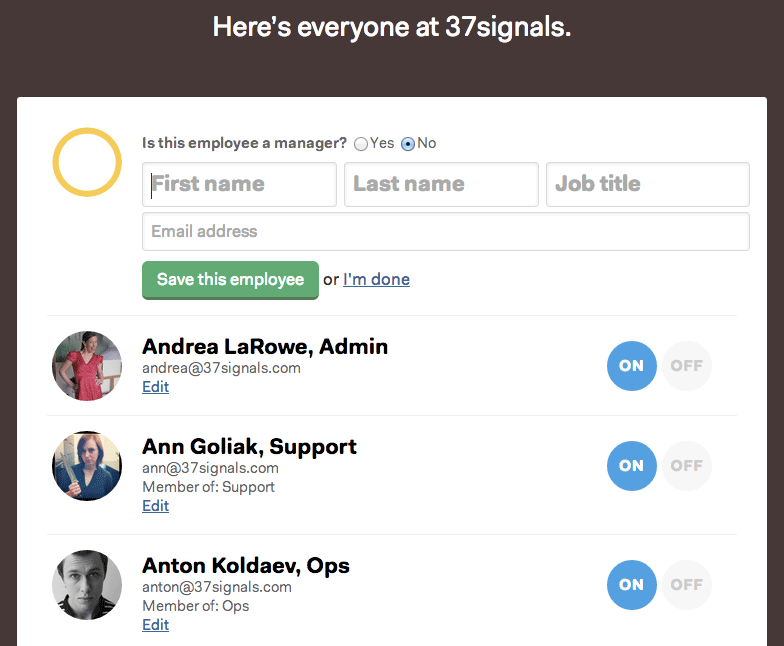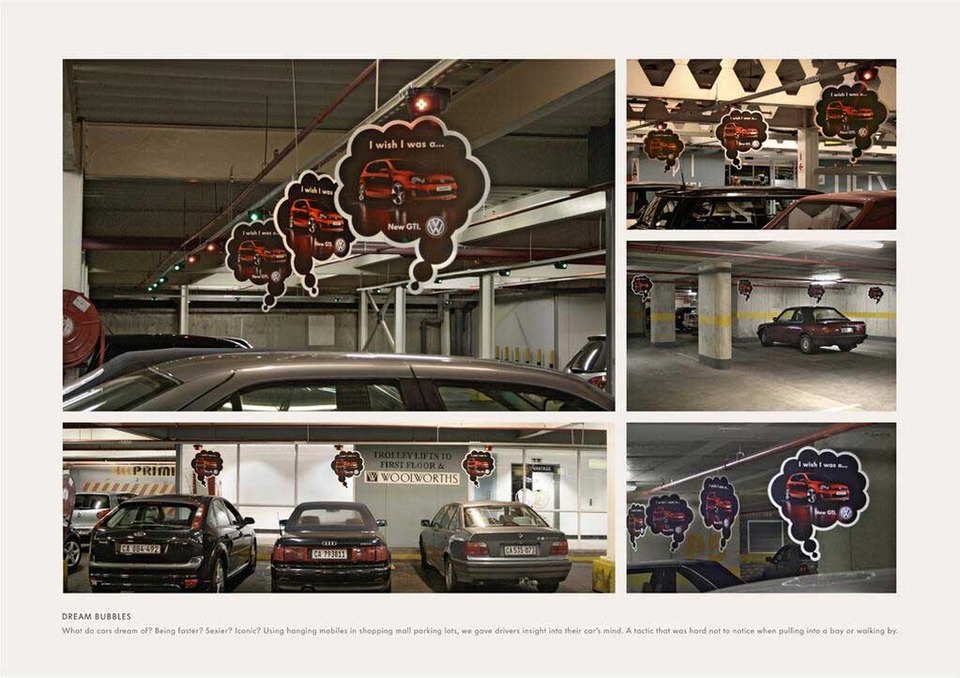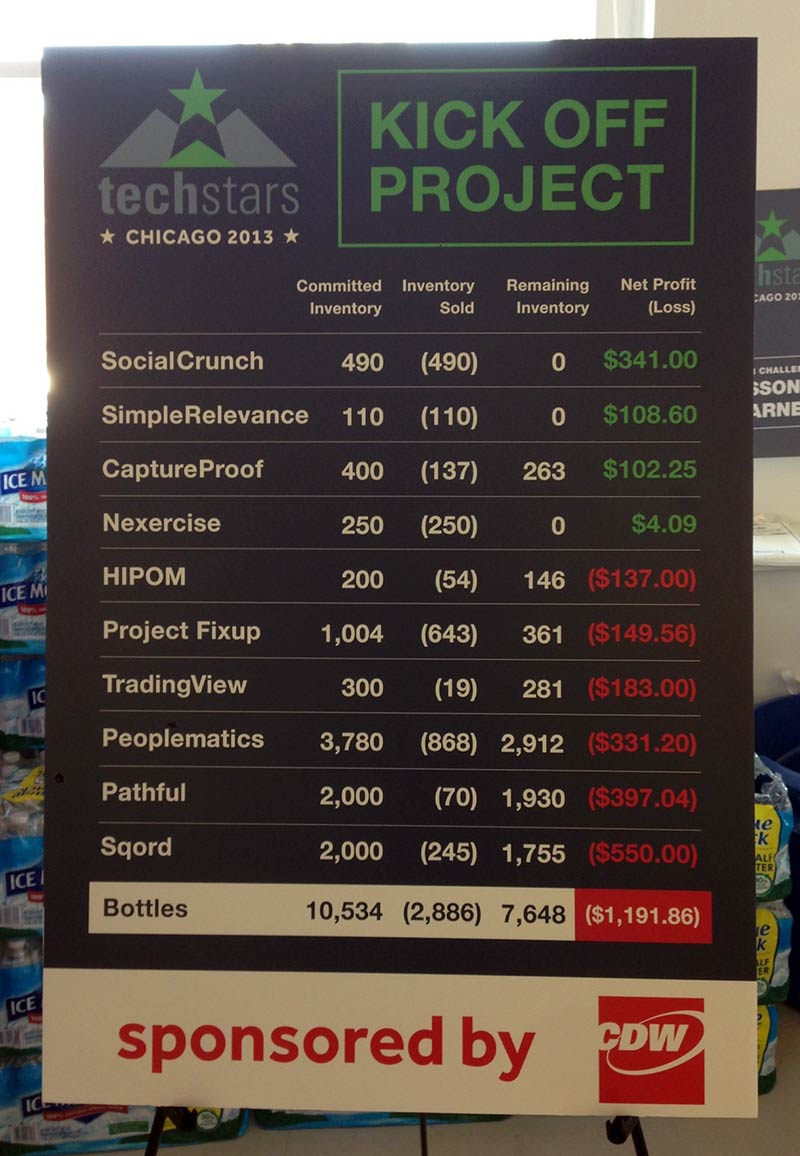A few weeks ago, Paul Graham wrote a great essay about doing things that don’t scale. As usual, it’s clearly argued, well written, and full of solid advice. If your first instinct as a product developer or entrepreneur is to automate everything you can, I recommend reading Paul’s piece.
I wanted to add something to his article. While he’s mostly talking about doing things that don’t scale when you launch a new business, I think this advice is equally valuable when you’re launching a new product in a well-established company. In some ways it’s even more valuable in that situation.
There’s no question that automation is enticing – especially for software companies. No one disputes it’s easier to scale your business when you have machines doing the work.
But automation can also lead to myopia. And premature-automation can lead to blindness. When you take human interaction out of a system, you’re removing key opportunities to see what really happens along the way. You miss stories, experiences, and struggles – and that’s often where the real insights are hiding.
A real-life example at 37signals
We recently launched our new product Know Your Company. From the start, we decided to approach development, design, marketing, and sales differently than we have in the past with our other products. We wanted to start out by doing lots of things that we knew wouldn’t scale.
Prior to Know Your Company, every product we’ve ever designed has been self-service. People found the product themselves, signed up themselves, paid themselves, and got started themselves. No human interaction required. It’s obviously worked well seeing that this is our 14th year in business.
But all this automation has also created some institutional laziness. We have systems that work, so we just keep reusing them when we introduce new products. Why think about how we bill people if we can just plug in our own centralized billing system that we already have? Why re-think how we administer customer accounts when we already have a centralized admin screen that runs our other products? Why re-think pricing when already have a monthly subscription model that works?
There’s something about all that comfort that makes me uncomfortable. If you haven’t reconsidered the fundamentals of how you do business in a while, you’re probably past due. And hopefully your late fee isn’t going to put you out of business.
So with Know Your Company we wanted to reset our assumptions and eliminate a lot of the automation we usually lean on. Rather than separate ourselves from the customer, we wanted to bump into the customer as often as we possibly could.
Specific examples of things we’re doing manually that could have easily been automated
1. Sales and demos. If you want to buy Know Your Company, you have to be willing to hear our 30-minute pitch and follow along as we give you a personal product demo. There is no sign up page. There are no product shots. There’s no fancy video tour. There’s just a link to my personal email account. Drop me a note, let me know you’re interested, we’ll trade an email or two, and if we think you’re a good fit for the product, and the product is a good fit for you, we’ll schedule a demo, talk, share some stories, and show you the product.
WHY HAS THIS BEEN VALUABLE TO DO MANUALLY? There’s nothing quite like seeing or hearing the person you’re pitching. It’s never just a demo – it always leads to a little conversation. You get direct questions and you can give direct answers. You can tell a story, listen to their stories, share personal experiences, show specific examples of how you use the product yourself, etc. Emphasis can be placed on different parts of the demo based on how they’ve reacted to something earlier in the demo. Further, in just 20 minutes, they get to see every single nook and cranny of the whole product. No stone is left unturned. You can make sure they know it all right from the start.
2. Adding employees to the system one at a time. To use Know Your Company with your company, you need to add your employees to the system. Instead of making you do that, we do it all for you. You just send over a simple spreadsheet with your employees’ names, email, title, and department, and we’ll add everyone manually to the system for you. And if you hire someone new, and you want to add them to the system later, it’s the same process – just shoot over their name, email, title, and department and we’ll add them for you.

WHY HAS THIS BEEN VALUABLE TO DO MANUALLY? Being forced to enter each person manually helps you understand the types of people who will be using the system. You know (and type) their names, their titles, their emails, and their departments. There’s not just 32 people in this company, there’s Jim, Lisa, Aaron, Bryan, Jennifer, Mark… There’s a few people in customer service, a few account managers, four graphic designer, etc… It also reminds you that data entry can be error-prone and a real pain in the ass. That’s a good thing to remember when you’re usually in the business of asking people to fill out web forms with lots of fields.
3. Four stages before the product starts working. When someone signs up for a product, it usually starts working immediately. That’s because it’s automated and automated things are usually optimized for speed. But we wanted to slow that process down to four specific steps, and display those steps along side customer accounts in our admin tool. This way we could see where a specific customer was in the process. In order for someone to go from one step to the next step, we have to click/toggle the flag in our admin.

WHY HAS THIS BEEN VALUABLE TO DO MANUALLY? Having four distinct stages forces us to maintain contact with the customer every step of the way. This allows more time together, more opportunities to build trust, more chances to show them that we’re reliable and always around to help. This handholding may seem excessive, but it’s really not. All four steps usually get done within a few days. There’s not much to it, but even that little bit goes a long way to make the customer feel more comfortable with us and with the product.
4. Having the customer send out an announcement to their company. Part of the sign-up process requires the customer to make an announcement to their whole company letting everyone know why they’re using Know Your Company, what’s in it for the employees, what’s in it for the owner, the goals, the intended outcome, and how the system works so no one is surprised when they interact with it for the first time. We’re happy to coach them through the announcement, or even help them write it if they request, but we won’t turn the system on until the customer has explicitly told us they’ve made the announcement.
WHY HAS THIS BEEN VALUABLE TO DO MANUALLY? It would certainly be easier if the system sent the announcement automatically, or if the customer just had to click a button to blast out a pre-written email, but it wouldn’t be anywhere near as meaningful. By asking the customer to make the announcement however they usually make company-wide announcements, their employees will pay more attention. Some owners make company-wide announcements in person at an all-hands meeting, other post announcements to Basecamp (or something similar), and others do it via email. The point is that when they do it their own way, instead of our automated way, it has more weight and carries more meaning.
5. Generating invoices and marking them paid. Whenever there’s an invoice to be paid, we have to manually click a link to generate the invoice. Then it’s sent out to the customer via email. When an invoice is paid, we have to mark it paid manually, too. So every time we want to bill someone, and every time we get paid, we’re directly involved in the process.



WHY HAS THIS BEEN VALUABLE TO DO MANUALLY? I think it’s important early on for everyone who’s working on a product to be witness to the financial success (or not) of the product. Further, it just feels good to click a link send an invoice and later on press a button to mark something paid. Certainly automated reports could fill you in on the raw numbers, but it’s really a whole different thing to “work the register” yourself. We also pipe a “XYZ Company just paid an invoice for $2800” into our Campfire room so everyone on the project knows we just got paid.
What’s a little inefficiency worth to you?
So remember, efficiency shouldn’t always be the goal. Especially early on. If you want to learn, you have to struggle. Automating away all the struggle may teach you how to be efficient, but it won’t teach you much about your customers.
And of course at a certain point it does become worth the trade. When it’s time to be efficient, automation does make sense. I can see us automating a lot of the manual parts of Know Your Company later this year. But right now? Not yet – we have a lot more to learn.







